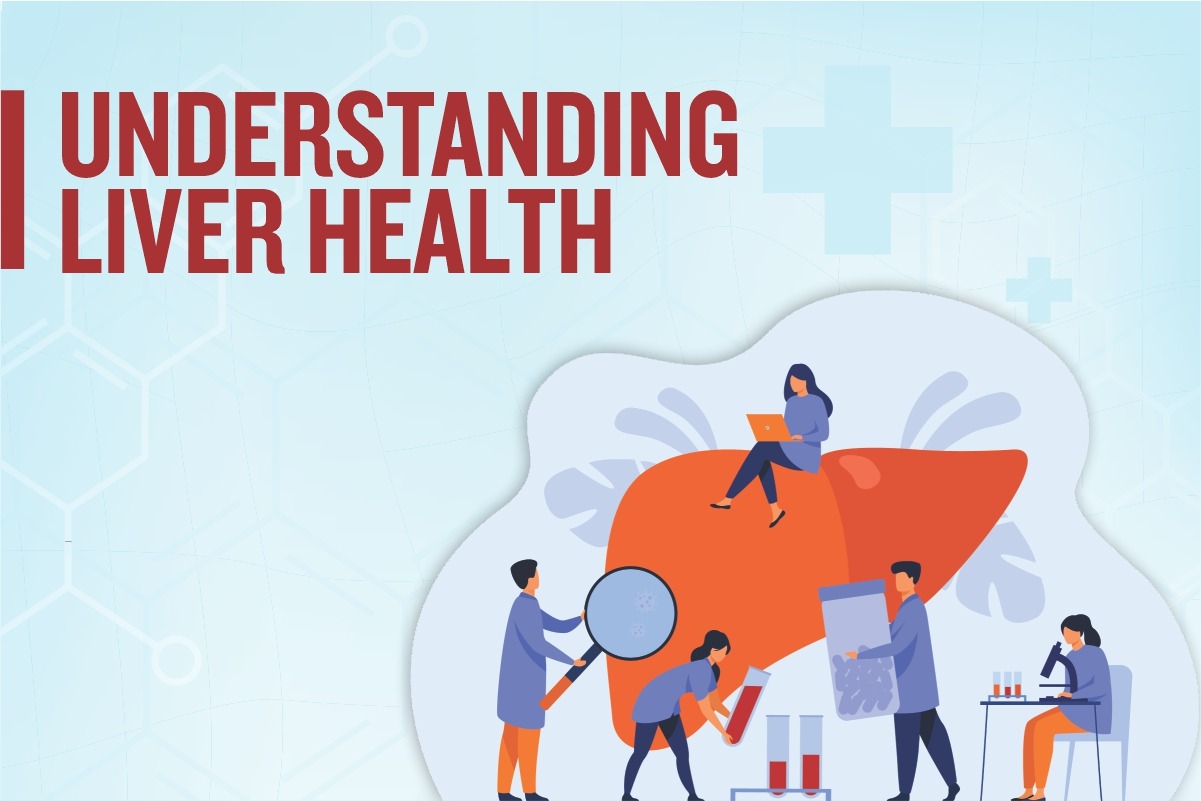
What is TAVI? What are its Benefits?
By Dr. Sameer Gupta in Cardiology Interventional Cardiology
Feb 27, 2023
Understanding TAVI and Its Benefits
Transcatheter Aortic Valve Implantation (TAVI) is a type of minimally invasive heart treatment used to replace an inadequately functioning thickened aortic valve; the condition it treats is Aortic Valve Stenosis.
The prevalence of this technique has increased dramatically in recent years, making it the preferred method for aortic valve replacement. This procedure is comparatively safer for old age patients where Heart Surgery can be risky.
Why is TAVI needed?
Blood travels sequentially via each of the four heart valves. The aortic valve is the fourth and final heart valve. Through that valve, your heart pumps blood to the rest of your body
Aortic stenosis is a condition which narrows the aortic valve or the area around it, reducing heart capacity to pump blood. Age-related wear and tear, particularly if you’re over 70, and calcium buildup on the valve are the usual causes of that narrowing. It may also occur as a result of other medical issues. This valve can be replaced via TAVI without requiring extensive surgery.
How is TAVI better than conventional heart surgery?
With numerous significant benefits over conventional heart surgery, TAVI is now becoming popular to treat Aortic Stenosis:
TAVI is less invasive than open heart surgery – The majority of heart procedures require greater chest incisions. To do cardiac surgery, surgeons frequently need to elevate or even fracture and spread wide your rib cage. With TAVI, only a small incision is required; no ribs or internal organs need to be moved.
- Shorter hospital stays – Having a heart operation typically necessitates a few days in the hospital. On the other hand, most patients are discharged the same day or the following day after TAVI.
- Easier recovery – There will be fewer and smaller wounds on your body to heal as a result of limiting the number and size of the incisions. This implies less discomfort and a quicker recovery.
- Superior Outcomes – TAVI demonstrates superior outcomes compared to traditional surgery, including higher survival rates, reduced rehospitalization rates within a year, and lower incidence of strokes.
What happens before the procedure?
Before one can undergo TAVI, they would most likely undergo certain diagnostic tests, including:
- Blood tests – These tests will check for any issues with renal function, blood coagulation, and more.
- Echocardiogram – This test produces an image of your heart using ultra-high frequency sound waves to check its condition.
- Electrocardiogram – The procedure of an electrocardiogram, also known as an ECG or EKG, includes having several different sensors affixed to the skin of your chest. These sensors detect the electrical activity of your heart and display it as a wave on a printer or computer screen. The wave’s shape enables medical professionals to check that your heart’s electrical system is operating as it should.
Imaging tests (CT scan or MRI)
Left Heart Catheterization – Similar catheter-based techniques are used in this operation; however, valve replacement is not done.
What happens during TAVI?
After receiving either moderate sedation or general anaesthesia, the TAVI procedure will begin. First, a catheter would be inserted into the artery at your upper thigh. This would then be threaded up to the heart.
The attending surgeon will insert the new valve within the old one and extend it once the catheter has reached the aortic valve. This implies that the old valve will be pushed aside and remain behind the new valve, and the new valve should fit into place and stay put. The catheter device is then taken out of your body, the entryway is closed (internally & externally), and it is bandaged.
What happens after the procedure?
The general anaesthetic or the moderate sedation will be stopped after the TAVI operation is complete, allowing you to wake up. Nevertheless, they’ll keep you in bed for a while. This is because a major blood vessel serves as the catheter’s entry point, and before allowing you to stand up, doctors want to make sure the stitches are tight because if they aren’t, the blood vessel may bleed profusely.
- Your medical team will go over how to take care of any incisions before you leave the hospital as well as how to look out for infection signs & symptoms. Fever, increasing pain, redness, swelling, draining, or leaking at the catheter site are warning indications of infection.
- You may be prescribed several medications, including blood thinners and antibiotics, after the TAVI procedure. After TAVI, the new valve must undergo regular medical examinations and imaging testing to ensure it is functioning appropriately.
TAVI is an effective alternative to traditional open heart surgery. Research is still being conducted, but this technique is suitable for many low-risk patients.







